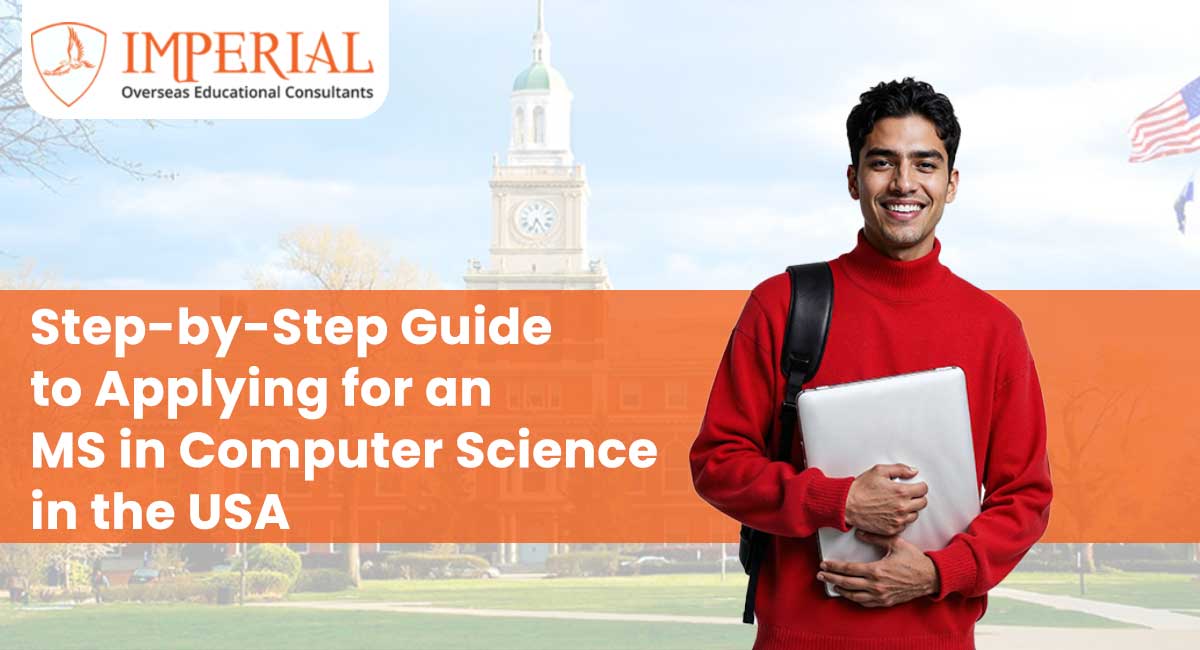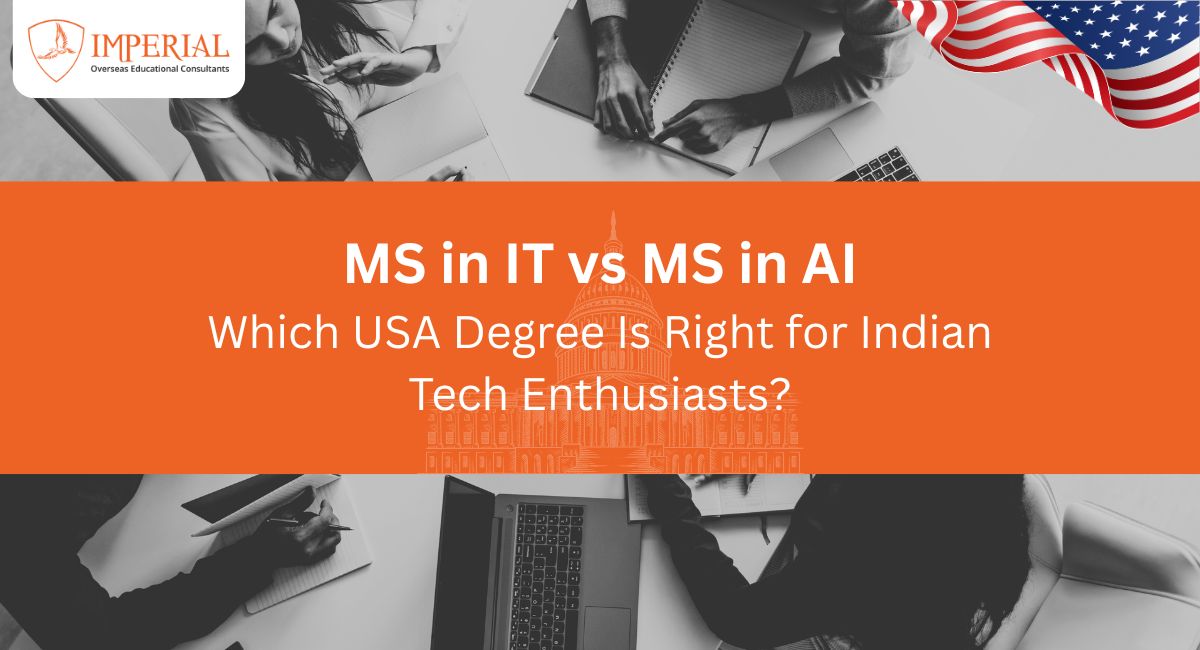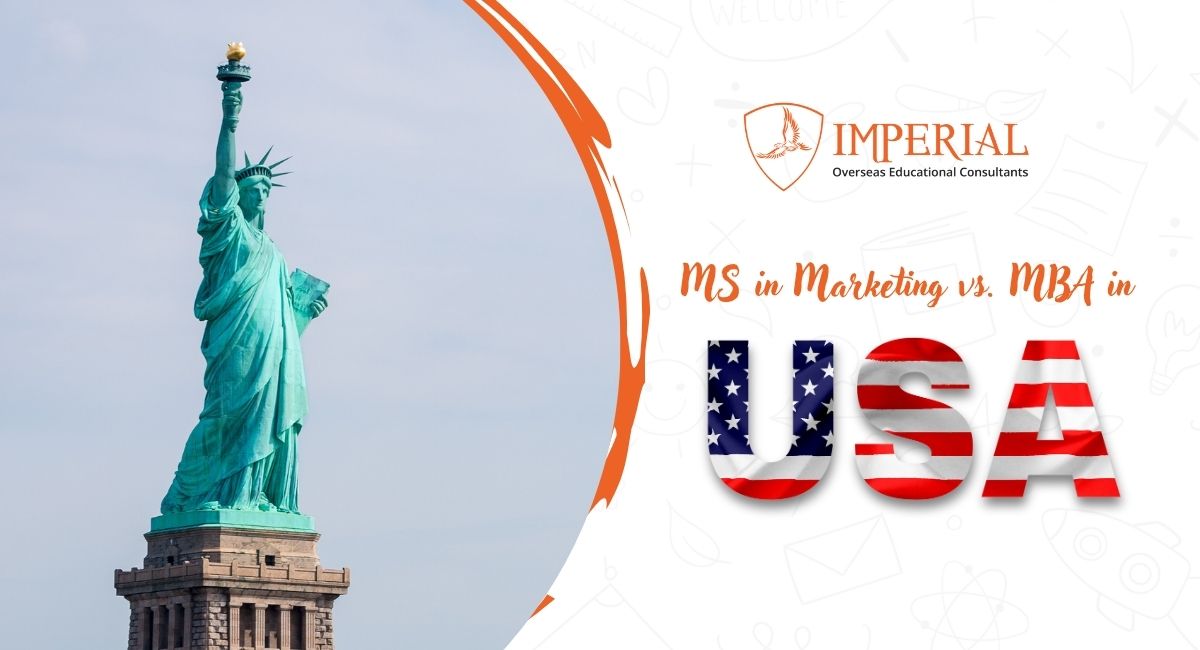
Step-by-Step Guide to Applying for an MS in Computer Science in the USA
Are you sitting at your computer and wishing you could go to a top school like MIT, Stanford, or Carnegie Mellon? You’re not by yourself! The desire to pursueMaster Sciences in USA is shared by thousands of students around the world. The good news? Your dream can come true if you plan it well and get help along the way.
It may seem that you can’t get an MS in the US, but you can. This step-by-step guide will show you everything you need to do to Study for a Master’s degree in the USA, whether you are in your last year of engineering school or already have a job.
Understanding Master Sciences in USA Requirements
Most universities need at least a bachelor’s degree that took at least four years to complete and a GPA of 3.0 on a scale of 4.0, which is equal to 85% overall. You should have a bachelor’s degree in computer science or a technical field that is related to it. Don’t worry if your degree isn’t in computer science; many universities will accept students with degrees in IT, electronics, or maths that are related.
Step 1: Research and Shortlist Universities for MS in US
First, make a list of 15 to 20 colleges. Then, divide the list into three groups: dream schools, target schools, and safety schools. When choosing where to study master’s in the USA, think about things like the school’s ranking, location, tuition costs, and areas of specialisation. To make an informed decision, look into each university’s specific requirements, faculty expertise, and job outcomes.
Step 2: Prepare Required Documents
For international students, academic transcripts must be official and be evaluated by groups such as WES or ECE. Your Statement of Purpose should be an interesting 500–1000 word essay that explains why you want to go to that program, what your career goals are, and what drives you. Get two to three letters of recommendation from professors or employers who know how well you do in school and what you could do in the future. In a clear and concise way, your resume should list your academic achievements, relevant projects, internships, and work experience.
Step 3: Application Timeline for Master Sciences in USA
For the Fall 2025 intake, start preparing documents in September or October 2024. Submit applications between November 2024 and January 2025, with some universities having early deadlines around November 20. Admission decisions are typically released between March and April 2025. For Spring 2026 intake, begin preparations in June-August 2025 and submit applications by September-October 2025.
Step 4: Financial Planning for MS in US
Tuition fees range from $30,000-$70,000 per year, with living expenses adding another $15,000-$25,000 annually. Start exploring funding options early, including merit-based scholarships, graduate teaching or research assistantships, university-specific grants, and external scholarships like Fulbright. Many students successfully fund their education through graduate assistantships that cover tuition and provide stipends.
Step 5: Submit Strong Applications
Your application should tell a cohesive story about your journey and aspirations. Write compelling essays that avoid generic statements and be specific about why you chose each university. Showcase significant projects, internships, or research work that demonstrate your technical skills and passion for computer science. Submit applications early when possible, as some universities offer benefits for early submissions.
Step 6: Post-Admission Process to Study Master in USA
Once you receive admission offers, compare programs carefully considering factors like curriculum, faculty, location, and career services. Submit enrollment deposits by specified deadlines and begin the F-1 student visa application process. Arrange housing early and prepare for your departure by researching your destination city and university resources.
Popular specializations include Artificial Intelligence and Machine Learning, Cybersecurity, Data Science, Software Engineering, and Human-Computer Interaction. Choose specializations based on your interests, career goals, and market demand.
Conclusion
Pursuing your Master Sciences in USA dreams requires careful planning, dedication, and proper guidance. The application process might seem complex, but with systematic preparation and the right support, you can secure admission to top universities. Remember, thousands of students successfully make this transition every year, and with proper planning, you can be one of them, too.
Ready to Start Your Journey to Study Master in USA?
Imperial Overseas Education Consultants specializes in helping students achieve their dreams of studying abroad. Our expert counselors provide personalized guidance throughout your application journey, from university selection to visa assistance. Contact Study Abroad Consultants Hyderabad today and take the first step toward your bright future!
Frequently Asked Questions
Yes! Many successful applicants come from diverse backgrounds. Universities value different perspectives, but demonstrate quantitative aptitude through coursework or self-study in mathematics, statistics, or programming.
MS in Analytics focuses on business applications and decision-making. MS in Data Science emphasizes programming and machine learning algorithms. Analytics includes more business courses while Data Science dives deeper into technical concepts.
Work experience significantly strengthens applications by demonstrating practical analytical thinking. Recent graduates can compensate with strong academics, relevant projects, internships, and research experience.
Excellent! The Bureau of Labor Statistics projects 35% growth in analytics roles through 2032. Starting salaries range from $70,000 to $120,000 annually in roles like data scientist, business analyst, and research analyst.
Practice making complicated ideas easy to understand, get ready for case studies on data interpretation, and be clear about your career goals. Spend some time going over basic statistics and SQL queries, and get ready to walk through application projects.



